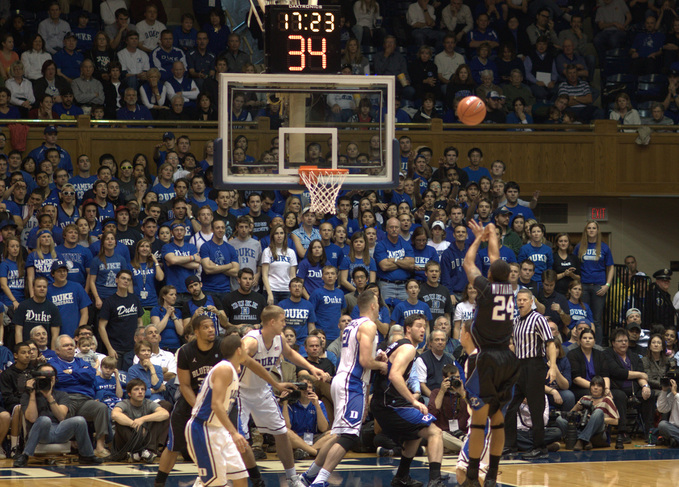Is the NCAA Benefiting Student-Athletes?
Founded in 1906, The National Collegiate Athletic Association (NCAA) is a non-profit association that regulates athletes and organizes athletic programs of colleges and universities in the United States and Canada. It also works to assist more than 450,000 student-athletes succeed in athletics, academics and life. Despite the NCAA’s efforts to help student-athletes thrive on and off the field, numerous criticisms have been lodged against the organization in recent years.
There has been an ongoing controversy over whether the NCAA is exploiting student-athletes in light of the compensation they receive. Under the current NCAA rules, Division I and Division II schools can offer scholarships to athletes for playing a sport. Yet, Division III schools may not offer any athletic scholarships.
Student-athletes make large sums of money for their schools: the top 20 football teams generated $1.42 billion in revenue for their respective schools during the 2013 – 2014 season with the top earner, the Texas Longhorns, generating a profit of $74 million. Nonetheless, many student-athletes do not receive proper compensation, monetarily or educationally. The NCAA does not legally mandate schools to take care of injured student-athletes, which often leads schools to be neglectful. When student-athletes get injured, they could not only lose their scholarship but also have to pay medical bills on their own. For example, after Louisville guard Kevin Ware severely broke his leg during a 2013 Elite Eight game against Duke, it was reported that the university could have revoked his scholarship, cut him from the team, and forced his family to pay for Ware’s medical care. Even for students who do graduate, if they do not turn pro (as only 1.2% do in basketball, for example), they may not have not received a quality education to help them in the next stage of life.
Additionally, even if companies often profit off of athletes’ popularity, the amount of compensation that players can receive is limited by NCAA rules. And that compensation excludes revenue from companies’ that directly or indirectly use student-athletes in their products. However, recently a lawsuit against the NCAA and Electronic Arts resulted in a judge approving a $60 million settlement, marking the first time student-athletes will be paid for their likeness or image. The settlement dictates that any student-athlete on the roster of a Division 1 men’s football or men’s basketball that was included on any Electronic Arts video game released between May 4, 2003 and September 3, 2014 may file a claim for cash payment. Although the settlement would hardly make these student-athletes rich, this decision stands as a huge victory in the ongoing fight for student-athletes’ rights.
In addition to these issues of exploitation, the NCAA has been accused of lacking consistency in its handling of cases of academic fraud. According to the NCAA rules, academic fraud refers to a situation in which cheating benefited the eligibility of an athlete and a member of the university staff knowingly participated. However, upon the analysis of 39 allegations of academic fraud since 1990, three researchers – Gerald Gurney, Eric Snyder, and David Ridpath – have found noticeable inconsistencies in how the allegations were treated. For instance, at Michigan University in 2008 hundreds of athletes took independent studies classes offered by one part-time faculty member during one semester, which would be impossible given that the faculty member was only working 10 hours a week. Even though this case seemingly met the NCAA’s standard of academic fraud, the NCAA did not pursue an investigation after the report of an internal investigation conducted by Michigan concluded that there was no evidence of wrongdoing. Michigan generated $157,899,820 in revenue last year for the NCAA, the third highest after Oregon and Texas.
The NCAA’s inconsistency stretches beyond the process of investigation: the NCAA does not apply identical punishment to every cheating school. Although all cheating schools should be treated in the same manner, the NCAA tends to provide sanctions that are uncertain instead of practicing equitable decision-making: “Member schools are responsible for determining if violations of its academic standards occurred.” In this regard, investigations go and punishments are applied to the extent the universities want. For instance, in March 2011, Arkansas State was given a $43,500 fine as punishment for “major violations” involving 31 football, basketball, baseball, and soccer players. In contrast, two years prior, Florida State was not fined at all even when 61 athletes on 10 different teams were found to have been cheating. Such lenient and incongruous sentences raise questions not only about the quality of education and discipline student-athletes receive at their schools, but also about the NCAA’s commitment to educating student-athletes.

